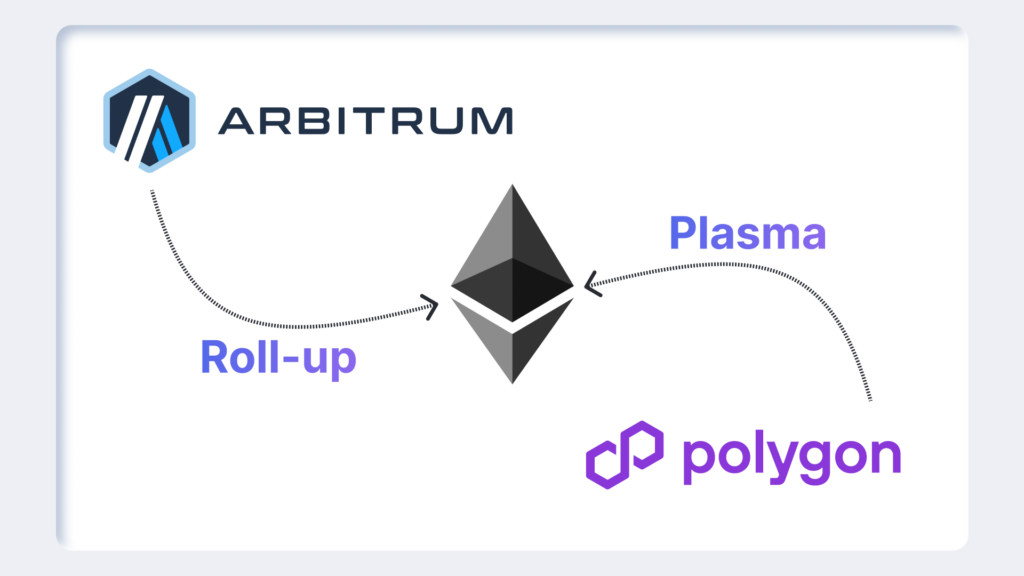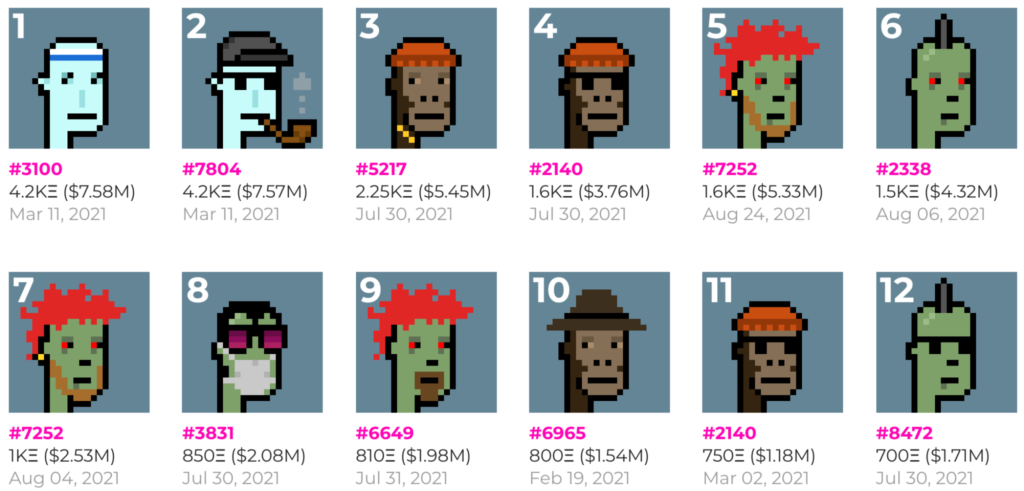Traditional gaming is struggling, with high-profile studios and publishers downsizing in 2024. Rising development costs, a stale approach to innovation, and over-reliance on blockbuster budgets have pushed the industry toward a breaking point. Web3 gaming was supposed to be the saving grace—a decentralized model empowering both developers and players while offering new funding and ownership models. Instead, early Web3 titles have largely reproduced the same walled gardens they aimed to disrupt.
A Solution That Spawned More Problems
The video game industry has historically chased better graphics as a driver of sales. Production costs routinely exceed $100 million per title, giving major publishers a near-monopoly over market distribution and funding. As smaller studios found it difficult to compete, Web3 seemed like a logical alternative, offering direct fundraising channels and a new way to distribute games.
But in practice, many early Web3 platforms created the very same silos they promised to eliminate:
- High Player Acquisition Costs: The small population of crypto-native users made user acquisition extremely expensive.
- Walled Gardens: Platforms tried to lock in the existing user base, rather than cultivate a broader, open ecosystem.
- Overemphasis on Tokenomics: Projects often treated game design and user experience as secondary to yield farming or reward mechanics.
The ‘Impossible Choice’ for Developers
Layer-1 blockchains such as Ethereum and Solana were not built with gaming in mind. As a result, developers face a dilemma:
- Existing Blockchains: If they build on, say, Ethereum or Solana, they may compromise on gameplay due to transaction speed or network limitations.
- Custom Blockchain: Crafting a new chain grants developers full control but isolates them from the broader ecosystem. They end up spending resources maintaining their own infrastructure instead of building actual games.
Both paths hamper gameplay and fail to cater to the mainstream gaming audience—people who primarily seek entertainment over speculation. A DappRadar report cites 7.3 million unique active wallets in Web3 gaming, yet only a fraction represent true players who come for the gameplay, not just token farming.
Misaligned With Gaming Culture
Early on, Web3 projects targeted crypto veterans. The emphasis was on non-fungible tokens (NFTs) and DeFi-like yield, losing sight of gaming’s fundamental draw—fun. The result: competition among a small crypto-savvy audience, rather than bringing new players on-chain. The ethos “build it, and they will come” ignored long-established gaming culture based on:
- Arcade and Casual Gameplay: Nostalgia for simple, accessible mechanics.
- Console Tradition: Gamers expect polished titles with deep storylines and established IPs.
- Mobile Reach: Billions of users engage with easy-to-learn mobile games.
True Ownership of in-game items can be revolutionary, but only if wrapped in gameplay that resonates with mainstream audiences.
Learning From Gaming’s Collapse
The New York Times detailed how publishers bet on spectacle over genuine innovation. Web3 studios mirrored this, focusing on token offerings and yield mechanics rather than fun and community. Meanwhile, the original impetus—rescuing creators from skyrocketing costs and closed ecosystems—went unaddressed.
A Path Forward: Make Games Fun Again
- Open Infrastructure: Web3 needs solutions designed for gaming from the ground up. Not just “layer-2 for faster transactions,” but integrated ecosystems that let developers freely build and connect with other projects.
- Ecosystem Collabs Over Moats: Instead of capturing an existing crypto audience, studios should cultivate open communities. Interoperability across games and chains fosters creativity, not isolation.
- Developer-Centric Tools: Empowering studios to focus on gameplay means delivering user-friendly blockchain infrastructure—think easy-to-integrate APIs, seamless wallets, and robust onboarding paths for non-crypto players.
- Economic Freedom: Real revenue-sharing models and ownership for both developers and players. Minimizing overhead in distribution or overhead costs ensures the focus remains on building immersive experiences.
Web3 gaming can still become a game-changer—if the industry departs from yield obsession and walled gardens. The key is recentering on what made gaming great: creativity, community, and fun. Freed from closed ecosystems and inflated budgets, developers can experiment with new gameplay models that revolve around genuine asset ownership. Meanwhile, players can enjoy frictionless experiences without compromising fun for tokenomics. It’s time to rebuild gaming with true collaboration, open systems, and, above all, engaging gameplay at its core.


